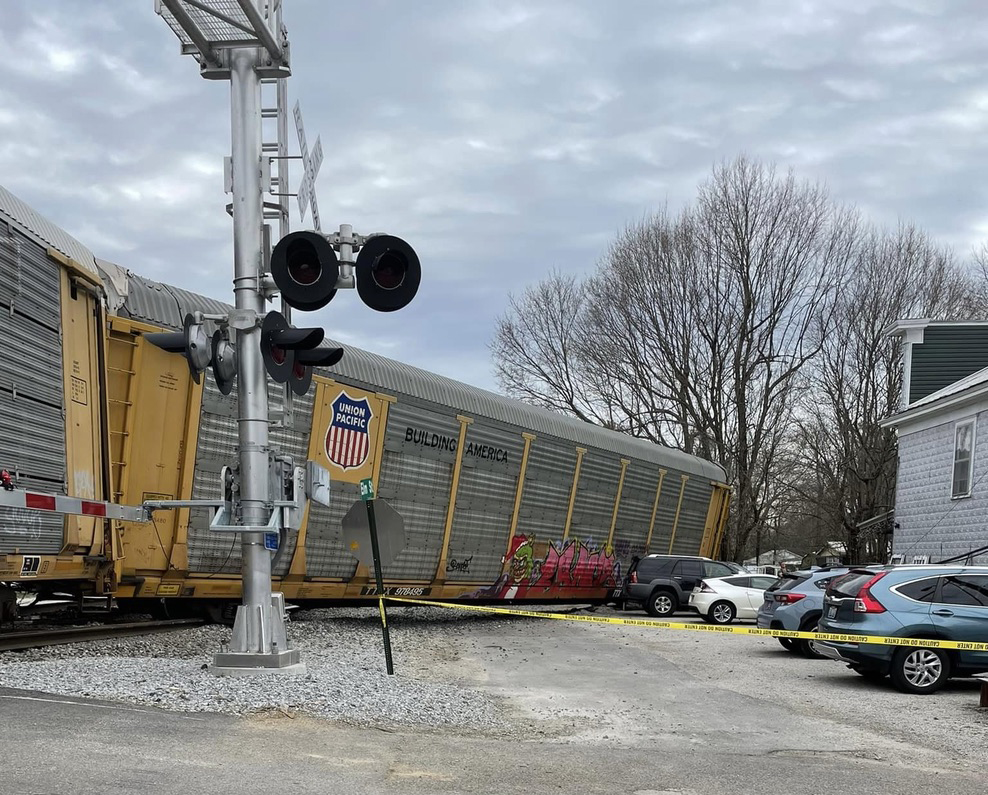
GLENDALE, Ky. — Occupants of a vehicle suffered “non-life-threatening injuries” this afternoon (March 16) when their car was struck by a derailed car from a CSX train, the railroad said in a statement to WHAS-TV.
Twenty-one cars derailed when the train applied emergency braking to avoid striking a truck at the Hodgenville Road grade crossing in Glendale, about 45 miles south of downtown Louisville, the railroad said. Train crew members were uninjured.
The derailment occurred about 2:50 p.m. WAVE-TV reports one of the derailed cars struck an antique store near the tracks, while other vehicles were also hit. Video from the the WLKY-TV website shows the railcars involved were auto racks.
CSX said its crews “are on site working closely with local emergency responders to assess the situation and develop recovery efforts.”
— Updated at 9:15 p.m. CDT with additional information.






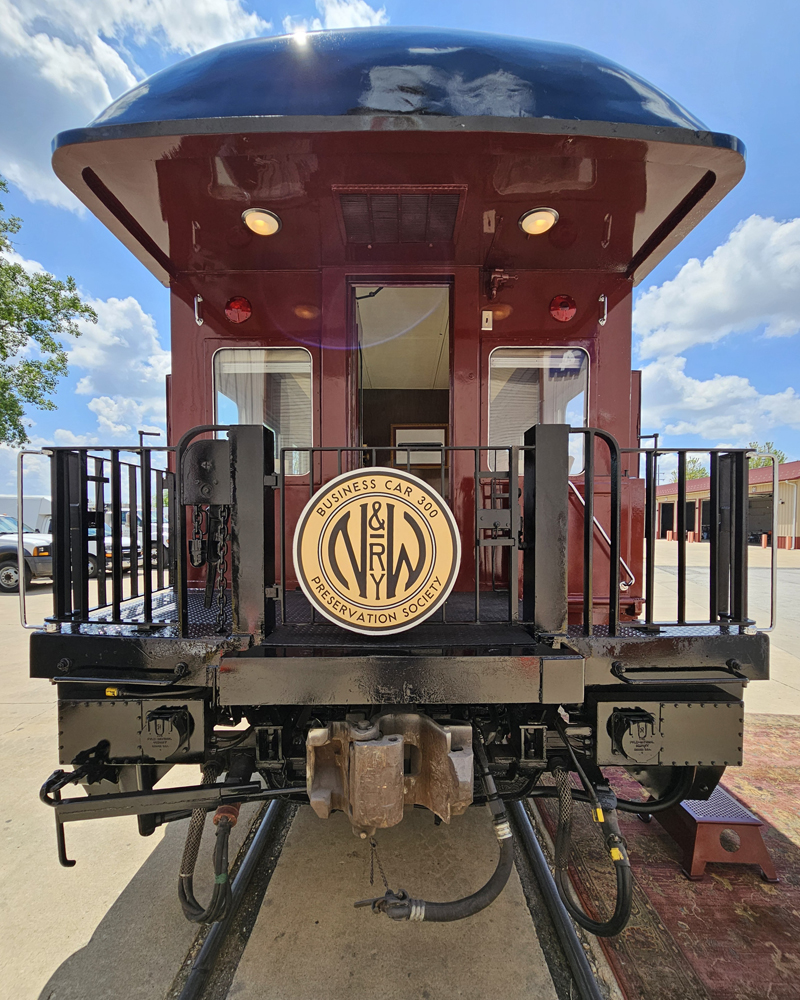
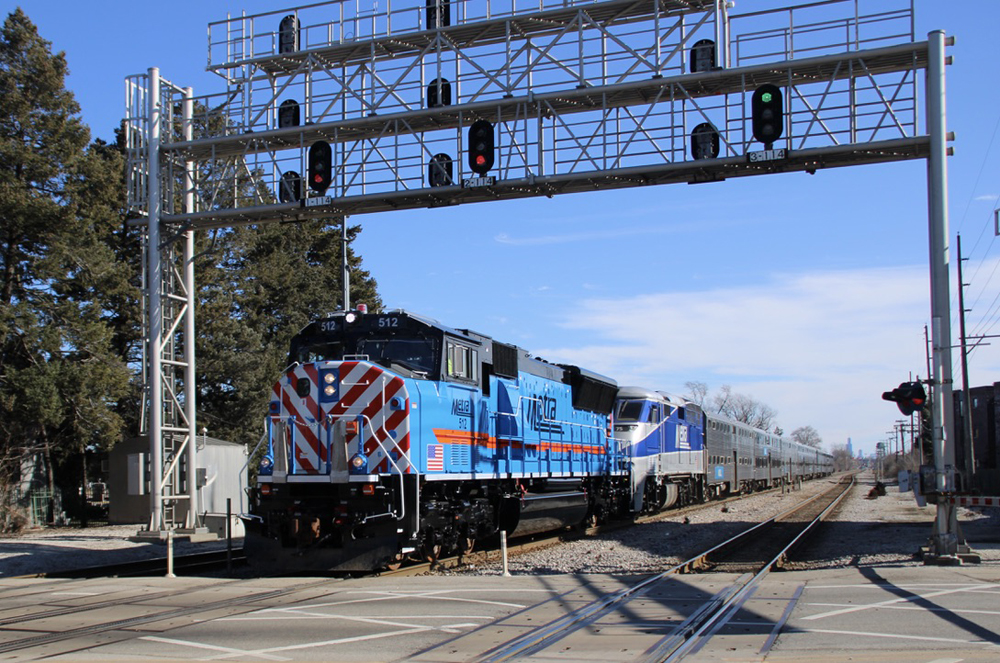
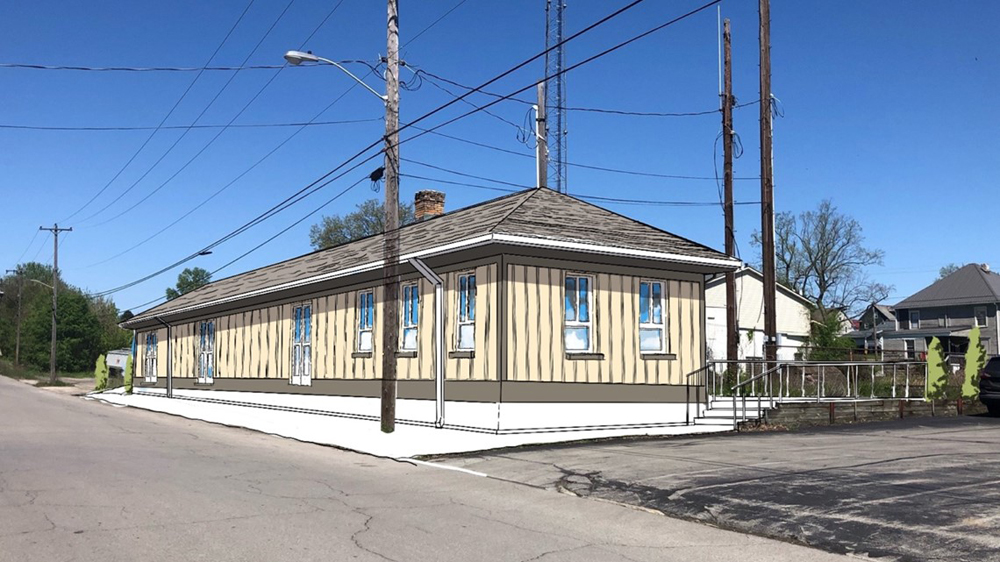
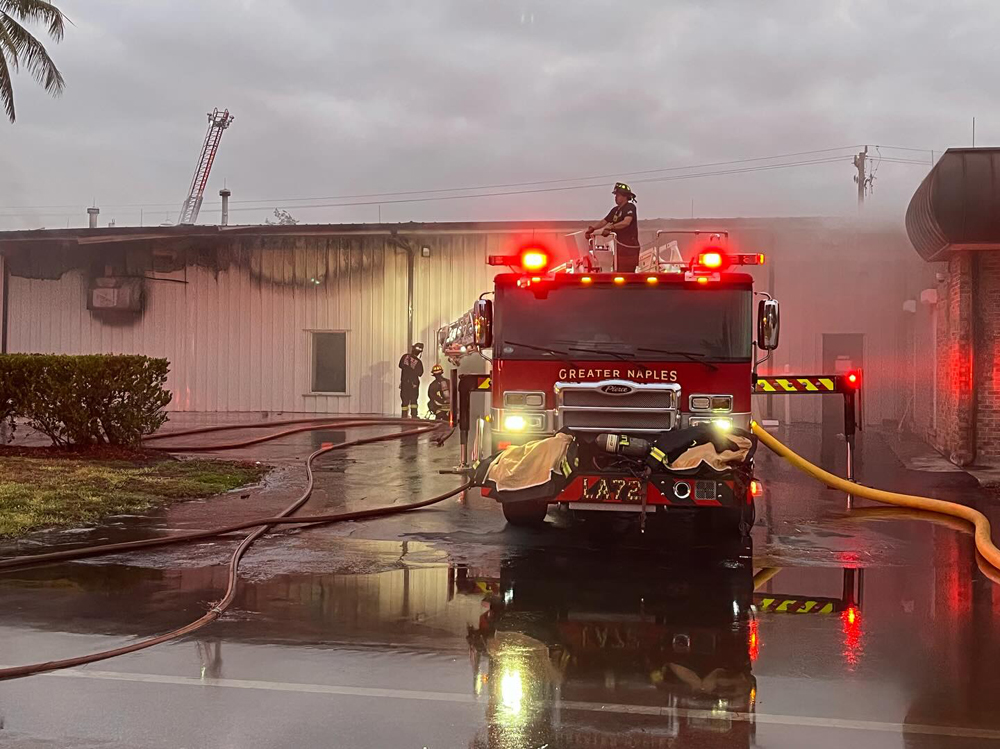




The apparent concentration on rail accidents is a conscious effort to pivot the newscycle away from the dumpster fire in the WH.
So did the train avoid hitting the truck or not?
Auto Racks…DON’T DUMP THE BRAKES! (I would say just hit the truck but that would be crude.) Placement of the racks, trailing tonnage behind them, all come into play here. Imagine a Slinky, with various sized steel in the coils, trying to come to a stop going down the steps. Not good, not good at all.
Tom, this was a mixed manifest freight. ECP brakes work when all cars are the same type and are either loaded or unloaded. In this instance, the braking effort, buff and draft forces, and reaction time will be consistent.
In a mixed manifest, car lengths and weights vary, buff and draft forces vary, loads and empties vary, and brake set times vary. Pre-blocking can affect buff and draft forces even more so than braking effort. For instance, a block of gons loaded with iron scrap behind a block of auto racks will create a significant buff force on the racks. The racks, loaded or unloaded weigh about the same; autos are fairly light these days. The maximum load for Tri-Level rack is about 73,000 lbs. and rides on 28″ wheels with a light weight of 105,800 lbs. Compare that with a fully loaded gon at 286,000 lbs. with 36″ wheels.
Professional railroaders, or rails, don’t deal with pounds so I’ll convert these to tons, something much more familiar.
He says the auto rack is about 90 tons and the gon is at 143 tons. I don’t recall loads above 133 tons in my direct personal experience with railroading.
ECP braking would drastically reduce or eliminate train forces which are present any time an emergency application of brakes occurs regardless of whether it is trainline or engineer initiated. In short, it is highly unlikely that this train would have derailed had ECP braking been in use.
Just as with PTC mandates, ECP would be expensive and take a decade or more to implement, but the result would be a far safer transportation system.
ECP brakes would also have NOT prevented the train from hitting the truck on the tracks…which is what should have been the preferred option in this case.
Don’t forget the “catch-22”, no win, situation an engineer faces with, dump air or slow to minimize the crash, both auto and rear of train. Darned if you do, and darned if you don’t.
Joseph makes an excellent point also.
endmrw0316232033
You are more at risk walking on the sidewalk or waiting to cross the street and getting hit by a car jumping the curb or a hit and run driver speeding through a red light then you are at risk getting hit by a train. This brings up another point. So much attention on all these train derailments but how about our neighhood streets and the nation’s highways which are more dangerous than our rairoad tracks and skies. Every minute of the day, there are hundreds of accidents and collisions on our streets and highways resulting in serious injurgies or fatalities . The private automobile is perhaps the most dangerous form of transportation operating in this country and yet nobody really makes an issue of it or addresses the question of how to make our streets and highways safe for both driver, passengers and pedestrians. A few freight train derailments pale in comparsion to the carnage that takes place every day and hour on the highways caused by careless and reckless drivers with no regard to their fellow humans who have to share the roads with them and put everybody’s life in danger. Let us also talk and have an honest discussion about how to make highways safe as well as traveling in the private automobile. If what happened in East Palenstine, Ohio had happened on the highway, the results would have been very tragicwith much loss of life.
Joseph C. Markfelder
Another example to question the safety of watching trains go by.
I’m guessing this is just South of Elizabethtown on the Main Line subdivision which is CSX’s Louisville to Nashville line.